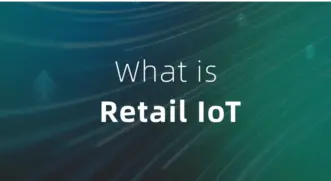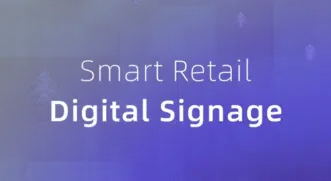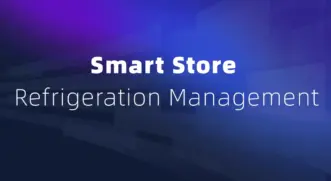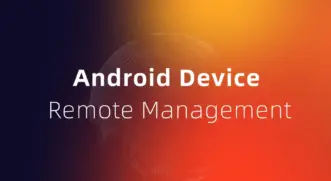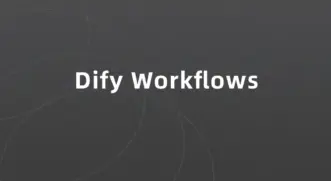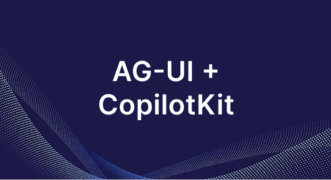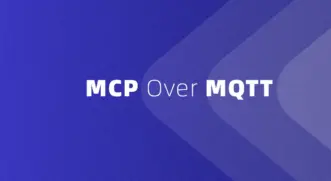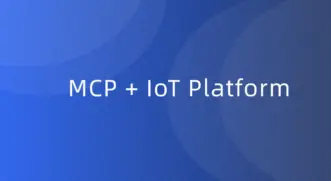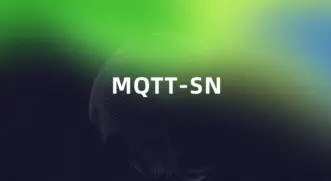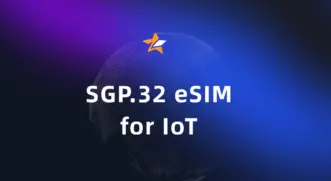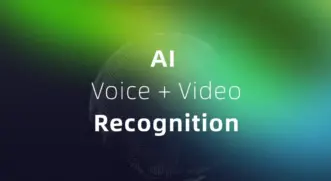Uncover the Latest in AI and IoT
Highlight cutting-edge IoT technologies, AI advancements, and practical applications. Include open-source libraries and development tools to provide value to tech-savvy readers.
ZedIoT Blogs
See how Retail IoT powers smarter stores—cut costs, boost customer experience, and streamline Store Operations Management.
In-store digital signage management made simple. Centralize campaigns across stores with smart retail SaaS — faster rollouts, lower costs, measurable ROI.
AI voice ads in retail stores turn screens into smart assets, boosting ROI with real-time interactions, centralized control, and measurable results.
Smart store refrigeration management helps retailers cut cooling energy by up to 15% and lower spoilage with real-time monitoring and smart thermostats.
Learn how to remote control Android device at scale. From bulk management to SaaS MDM alternatives, discover practical methods for retail, logistics, and enterprise.
Create interactive and embedded UIs for n8n workflows using AG-UI. A practical guide to building real-time visual automation without complex frontend coding.
Looking for dify workflow examples? Discover 10 smart home & IoT templates powered by AI and energy control—see how we customize Dify workflows for enterprise.
Quickly set up AG-UI CopilotKit integration with this tutorial. Learn how to stream JSON events using the AG-UI protocol and render agent UIs seamlessly.
Learn how mcp2mqtt enables AI control of IoT via MCP over MQTT, mqtt broker, mqtt iot, and emqx.
MCP connects large AI models with IoT devices. Learn how to control the real world through MCP IoT platform integration.
Stop wasting time on disconnected tools. ZedIoT delivers AI-powered retail store security systems—cameras, alarms, gas sensors—in one plug-and-play platform.
Learn how to build a real-time ASR pipeline using SenseVoice and WebRTC streaming. This guide covers architecture, audio flow, and practical integration steps.
Discover how MQTT-SN enables low-power, scalable, and lightweight communication for IoT sensor networks. Ideal for LPWAN, LoRa, NB-IoT, and embedded devices.
Discover how the SGP.32 eSIM standard enables global IoT connectivity, secure remote provisioning, and seamless device management at scale.
Discover how voice biometrics revolutionizes identity authentication. Learn voice recognition technology, speaker recognition principles & seamless security solutions.
Boost industrial monitoring with multimodal AI that fuses voice recognition and video surveillance to detect anomalies and automate response in real time.
Contact us and our experts will get back to you with more ideas.
